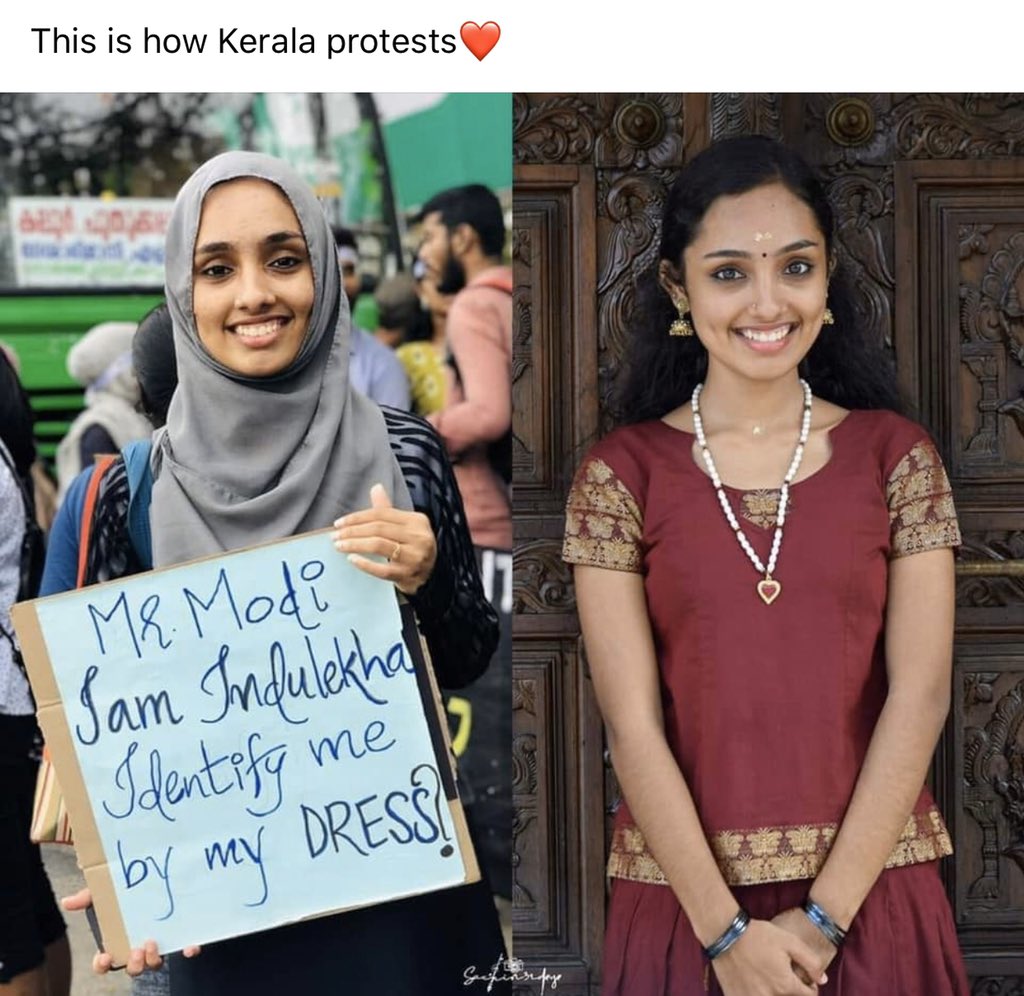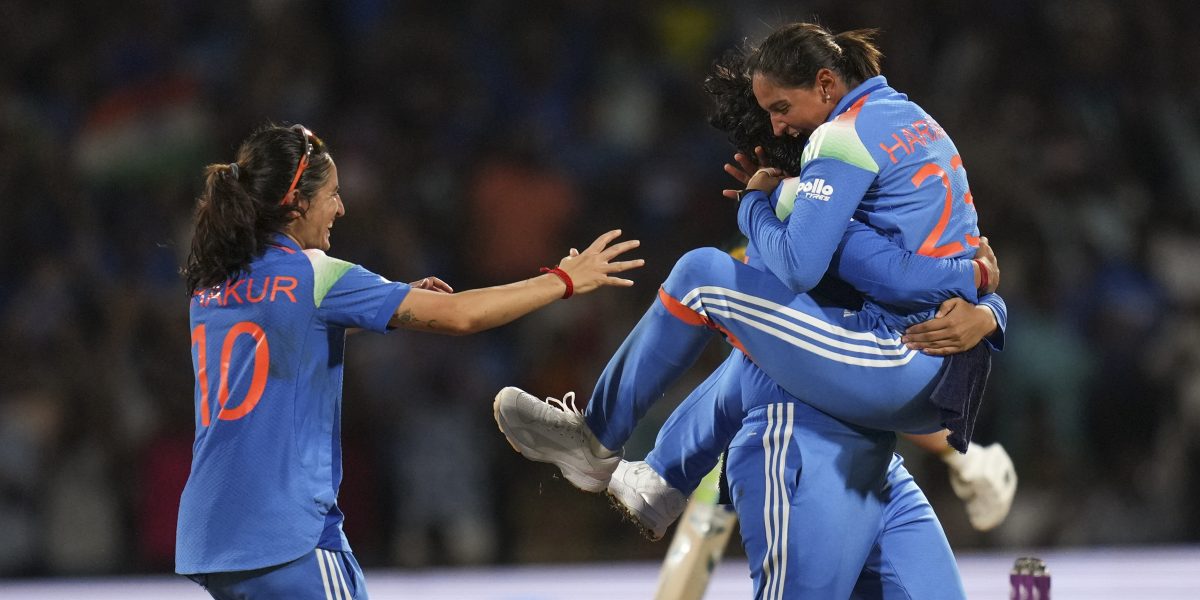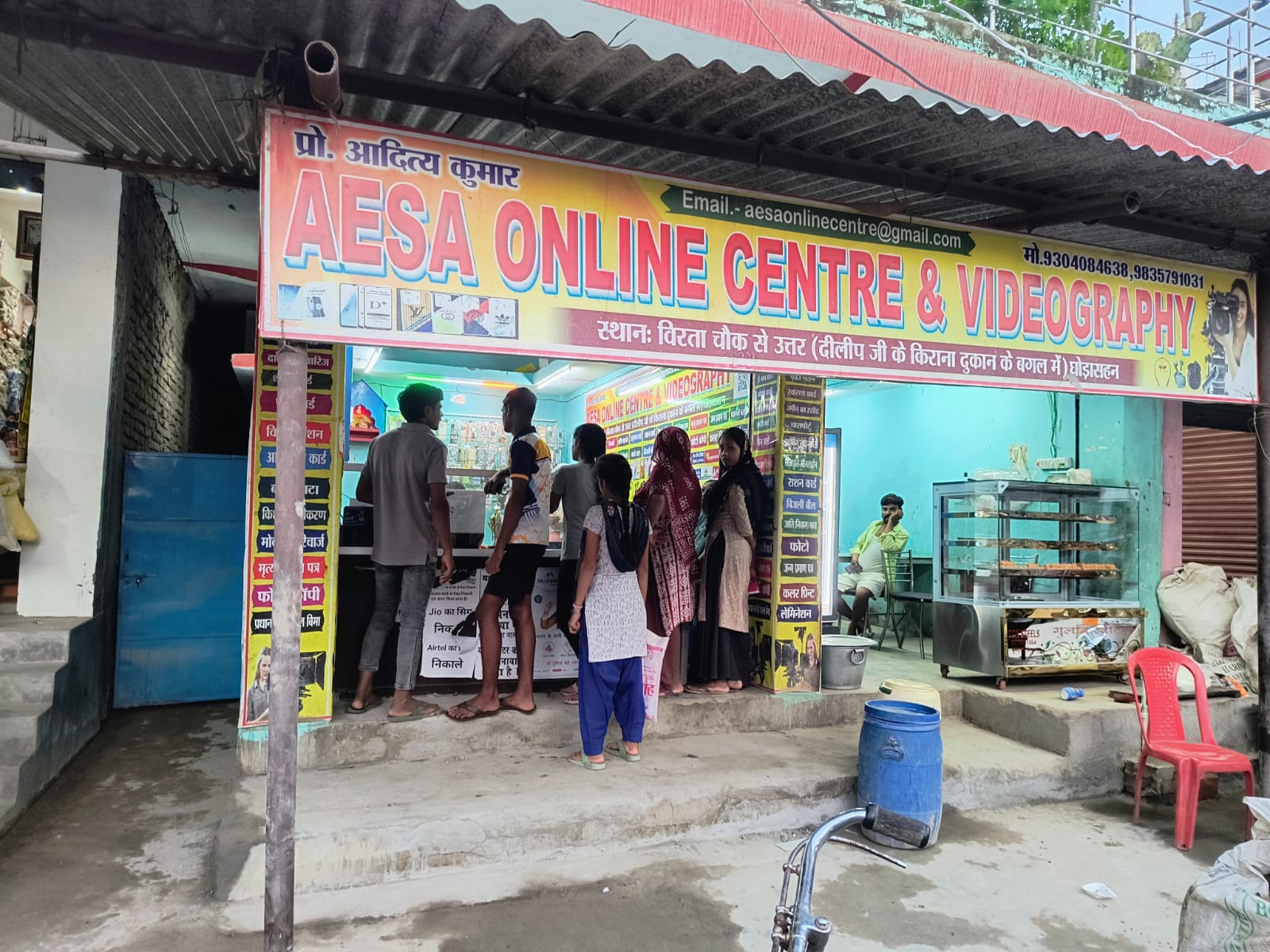Dressed to impress, PM Modi was sporting a checkered jade button down jacket as he took the stage during a Bharatiya Janata Party (BJP) rally last Sunday, December 15th in Dumka, Jharkhand. At the same time, excessive police violence was enacted upon Jamia Milia Islamia and Aligarh Muslim University students protesting the Citizenship Amendment Act (CAA) in Delhi. As per BJP political strategy, acknowledging the unlawful violence took a backseat to campaigning for the upcoming state polls in Jharkhand.
One would assume, with polls ahead, that this speech could serve as a platform to declare the ways in which the BJP aims to address the particularities of people in Jharkhand. Using this platform wisely would be opportune considering the BJP state government continuously implemented anti-tribal policies, such as the dilution of land rights, throughout its term. Instead, the PM chose to inflict further violence by communalizing and trivializing the multifaceted identities of protestors elsewhere:
“Yeh Congresswale aur uske saathi… halla macha rahe hain, toofaan khara kar rahe hain. Aur unki baat chalti nahin hai to aag janee phaila rahe hain. Jo aag laga rahe hain, TV pe unke jo drishya aa rahe hain, yeh aag lagaane vaale kaun hain, woh unke kapdon se hi pata chal jaata hai (The Congress and its allies are making a noise, creating a storm. And if that doesn’t work, they are spreading a fire… From the visuals on TV, those setting the fire can be identified by their clothes).”
Speech Faux-Pas
“Those setting the fire can be identified by their clothes.” The impact of this vapid quote was reflected in the polls a week later with the Congress-JMM-RJD alliance winning 39 seats and the BJP winning 18.
In addition to disregard for local realities and politics over the past 5 years of BJP rule, the fact that the most repeated soundbite from the rally speech highlighted a gross misrepresentation and simplification of the structural injustices people all over India are protesting, is unlikely to have boosted the BJP votes.
Elections and political campaigning aside, this comment exists as a node in a series of reductionist comments aligned with BJP views and motivations. It plays to their tune of finding ways to demonize, alienate, and make large swathes of minorities vulnerable. One look at the BJP’s connection to the RSS, one look at the CAA bill, and it is not difficult to decipher who is excluded.
If you’re wondering what harm there is in a few words, look no further than the BJP-friendly social media accounts who concertedly circulated fake and misleading videos to exacerbate the supposedly Muslim-led and anti-Hindu nature of the protests. Unfortunately, efforts to propagate what can only be described as fake news has real consequences. During a peaceful protest at Mandi House on December, 19th in Delhi, the police managed to pick a Muslim man wearing a topi and kurta out of the crowd. Obviously, it wasn’t through a complaint, a report, or his Aadhar card that he was identified…It’s no coincidence that most men detained are Muslim. It’s no coincidence that Muslim women were assaulted in their hostels. It’s no coincidence that Muslim homes and businesses are being raided in Uttar Pradesh. By targeting specific demographics, the authorities are neglecting to see the sacrifice and solidarity among all Indians, Muslim or not, and manipulating the protests into a battle they never sought out to be. The protests peacefully aim to highlight the unconstitutional nature of CAA. No person residing in India wants to see their democracy transform into totalitarianism – and yet, one speech faux-pas later, here we are.
A Tailored Response
The BJP fanatics are not the only ones who can creatively respond. National and international protestors adopted, adapted, and reclaimed this quote to frame their messages and rightfully identify who the individuals responsible for setting fires truly are.
Time and time again, the protestors have used this quote as an opportunity to show that the injustices the CAA is laced with, go beyond communal divisions. In Kerala, for example, a Malayalee woman protested once in a hijab, and once while in a lehenga and bindi. During a protest at Jamia in Delhi, several men began protesting shirtless in response to the PM’s taunt—according to the PM’s wisdom, without their clothes on, the PM has no chance of identifying them.

Nuanced ways to resist are always appreciated, especially when it emphasizes the logical fallacies purported by those trying to implement the CAA, NRC, and NPR. Along with these creative forms of protest that are enhancing and advancing solidarity efforts, the individuals responsible for causing violence and unrest are being called out – ironically, by their clothes.
In their crisp khaki uniforms armed with sticks and guns, uniformed police are committing unjustifiable acts of violence against university students, passersby, homes, and protestors. At this point, it is getting difficult to keep track of the number of people killed, detained, injured, and deported. Instances of direct and indirect violence, gunshots and impositions of internet shutdowns and Section 144, are some of the tactics used to mitigate the passion underlying gatherings and criminalise peaceful protests. Police are aimlessly and arbitrarily picking people out of the crowd, because the truth is, be it by their clothes or by another superficial feature, they cannot distinguish one protestor who wants to reinvigorate the Indian secular democracy from the other.
Continuing Protests in Style
Responses to PM Modi’s quote demonstrate that this cannot be boiled down to divisive politics, and that protestors are paying close attention. No word or action by supporters of the CAA go undetected. Everyday, protests have new signs, verbal and non-verbal, which manifest the tireless collective efforts of individuals and communities to equip themselves with robust arguments and see their demands through. Protestors now call upon those who wear the votes of the nation, and those who fashion arguments in the legislature, to show their true colours.
Based in Bangalore, T.M. does research along the lines of gender, technology, and labour.
Featured Image Source: BDNews24.com




